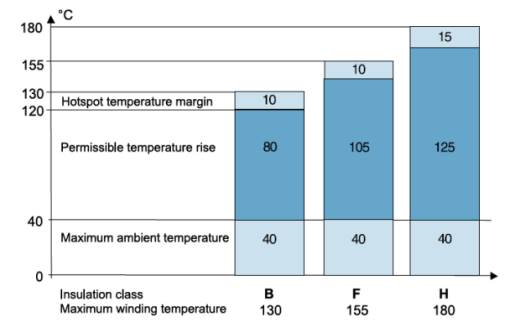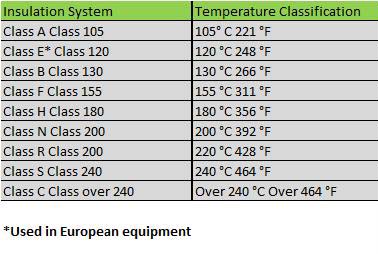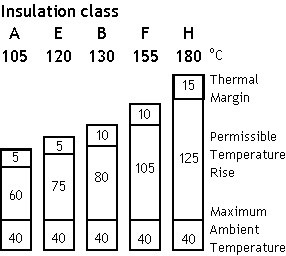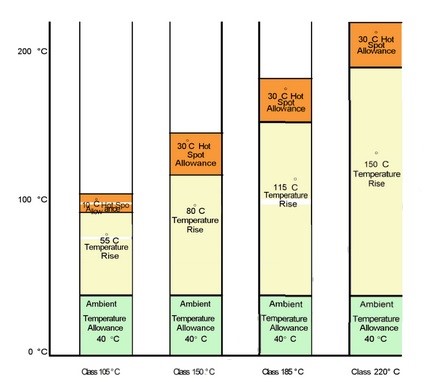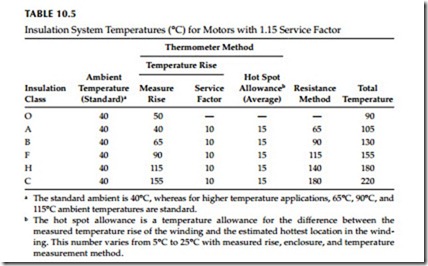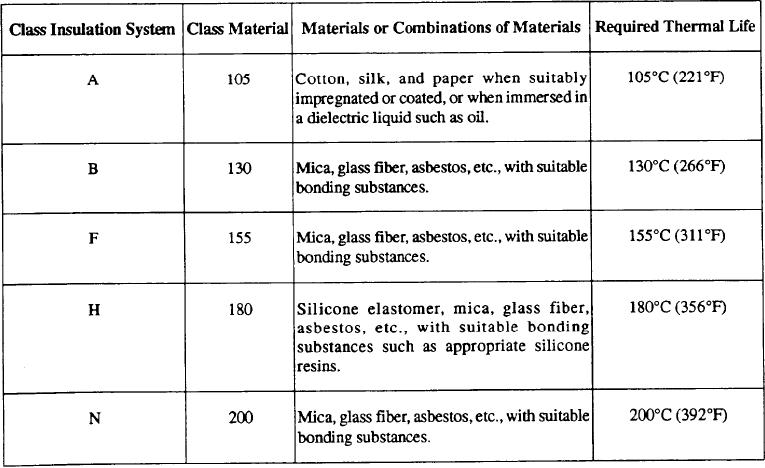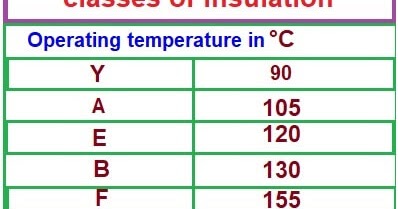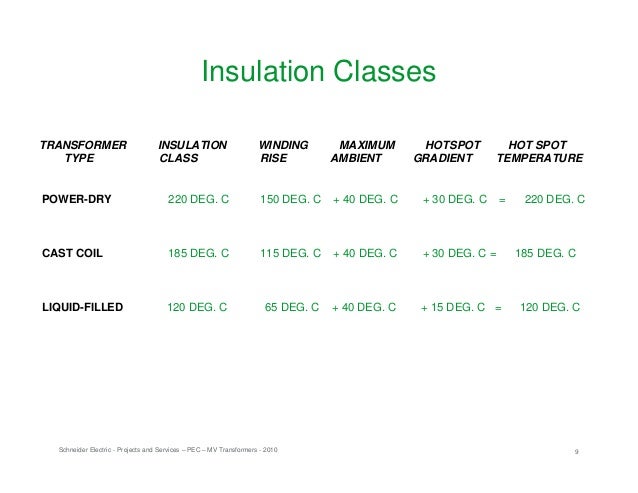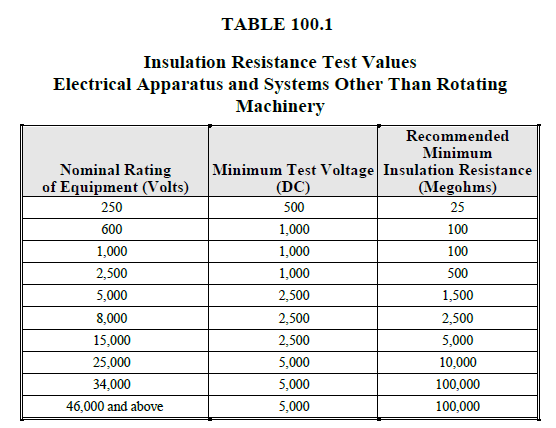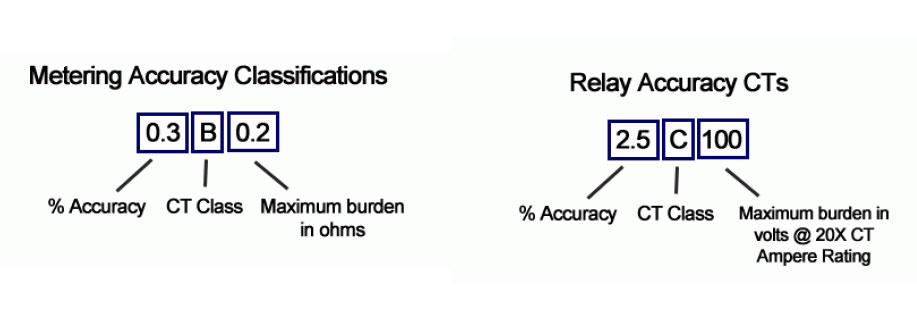The electrical insulation system is sometimes referred to as insulation class or thermal classification the different classes are defined by nema underwriters laboratories ul and iec.
Which insulation class is better f or h.
Class 150 or 130.
Example a motor operating at 180 o c will have an estimated life of.
The hot spot is a point at the center of the motor s windings where the temperature is higher.
These insulation classes were established to meet motor temperature requirements found in industrial applications.
The surface temperature of the motor is typically 30 c lower than it is at the windings.
Only 300 hours with class a insulation.
Nema insulation classes do away with guessing and give the motor manufacturer a defined framework to operate in.
Tens of thousands of hours with class h insulation.
So if we look at a class f insulated motor which will be happy running at 155 c and then subtract 30 c we get a surface temperature of 125 c.
1800 hours with class b insulation.
Class c insulation consists of materials or combinations of materials such as mica porcelain glass quartz with or without an inorganic binder beware a few older applications used asbestos.
Class a is an older form of insulation utilizing organic varnishes and resins available many years ago.
Other materials or combinations of materials may be included in this class if by experience or tests they can be shown to be capable of operation at temperatures above the class h limit.
The electrical insulation system for wires used in generators electric motors transformers and other wire wound electrical components is divided into different classes by temperature and temperature rise.
8500 hours with class f insulation.
It is important to be aware that insulation classes are directly related to motor life.
Insulation class b f h maximum winding temperature 130 c 155 c 180 c 0 40 120 130 155 145 165 180 c 20 maximum ambient temperature minimum ambient temperature 30 minimum ambient temperature 10k 105k 40 c class f b 155 c 80k safety margin 25k 150 c ptcs setting 2 c0 2 c0 2 c0 regal beloit bv mors 2.
As can be seen from the above table hot spot over temperature allowance for a b f and h are respectively 5 c 10 c 10 c and 15 c.
There are basically four classes of insulation a b f and h class f being the most commonly used.
Similarly a class h system operating at a class f temperature rise will provide the same life expectancy as a class f system operating at a class b temperature rise.
Hot spot temperature rise.


